The Third Nativity of Theophany
Armodoxy for Today: The Third Nativity Narrative of Theophany
The third Nativity narrative I spoke of is quite different from the other two we heard yesterday. Without Wise Men and in the absence of the shepherds we read the narrative from the Gospel of John. It is not a story from 2000 years ago, but from the beginning of all time and eternity. It connects us not to Bethlehem, Egypt or Nazareth. Instead it links us to the first seconds of recorded time, where eternity finds definition, where emptiness takes form and light pierces the darkness. In a sense, it is a cosmic revelation because it defies space and time. Shepherds and wise men, we all understand. But this narrative is for those who have heard the essential truths and teachings of Jesus Christ. Here then, we hear the narrative of the Theophany, the Revelation of God:
In the beginning was the Word, and the Word was with God, and the Word was God. He was in the beginning with God. All things were made through Him, and without Him nothing was made that was made. In Him was life, and the life was the light of men. And the light shines in the darkness, and the darkness did not comprehend it.
There was a man sent from God, whose name was John. This man came for a witness, to bear witness of the Light, that all through him might believe. He was not that Light, but was sent to bear witness of that Light. That was the true Light which gives light to every man coming into the world.
He was in the world, and the world was made through Him, and the world did not know Him. He came to His own, and His own did not receive Him. But as many as received Him, to them He gave the right to become children of God, to those who believe in His name: who were born, not of blood, nor of the will of the flesh, nor of the will of man, but of God.
And the Word became flesh and dwelt among us, and we beheld His glory, the glory as of the only begotten of the Father, full of grace and truth.
John bore witness of Him and cried out, saying, “This was He of whom I said, ‘He who comes after me is preferred before me, for He was before me.’ ”
And of His fullness we have all received, and grace for grace. For the law was given through Moses, but grace and truth came through Jesus Christ. No one has seen God at any time. The only begotten Son, who is in the bosom of the Father, He has declared Him. (John 1:1-18)


